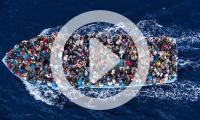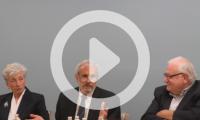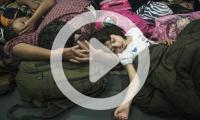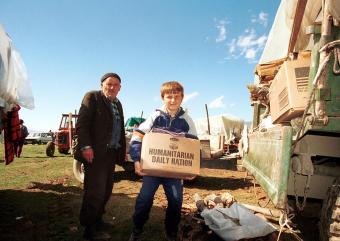Refugees & Resettlement
Recent Activity

An MPI Europe video chat with the outgoing head of the European Asylum Support Office (EASO) on the current EU refugee crisis, what strategies Europe ought to be pursuing in response, and the growing role of EASO as well as its track record over its first five years.
This webinar examines the implementation at state and local levels of the federal Workforce Innovation and Opportunity Act (WIOA) and how it may limit immigrant integration, along with a discussion on strategies that may help ensure more equitable access to services.

A webinar/call with senior officials from two EU Member States, Austria and Slovenia, to discuss their differing perspectives on the current refugee crisis, and consider what is needed to ensure a unified, practically feasible response to the biggest crisis that has faced the Common European Asylum System since its inception.

A discussion, including the former United Nations Deputy High Commissioner for Refugees, examining the huge strains on the global protection system and how it can better respond to protracted refugee situations and other long-term displacement, focusing on the conclusions of the Transatlantic Council on Migration's recent meeting,

Demetrios Papademetriou, President Emeritus of MPI and President of MPI Europe, explains the origins of the refugee crisis in Europe and discusses actions that Europe and other regions can take in the near and long term to address the flows.














